
Pecten maximus and Chlamys islandica
Scallops are bivalve molluscs with scalloped, fan-shaped shells (valves) whose shape and colour have inspired artists, architects and designers for centuries.
The shells are further characterized by radiating ribs or grooves and concentric growth rings. Near the hinge, where the two valves (shells) meet, the shell flares out on each side to form small “wings”. Just inside each valve along the edge of the mantle there a row of short sensory tentacles and a row of small blue eyes.
A single adductor muscle, sometimes called the ‘eye’ in culinary circles, opens and closes the two valves. Because they are active swimmers, the adductor muscle is more developed in the scallop than in oysters and clams...
Read More

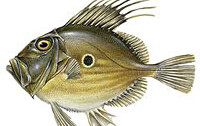

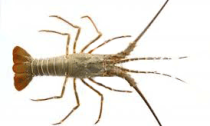
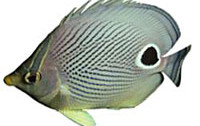

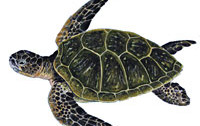


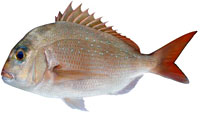
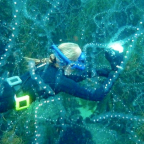

Social Profiles